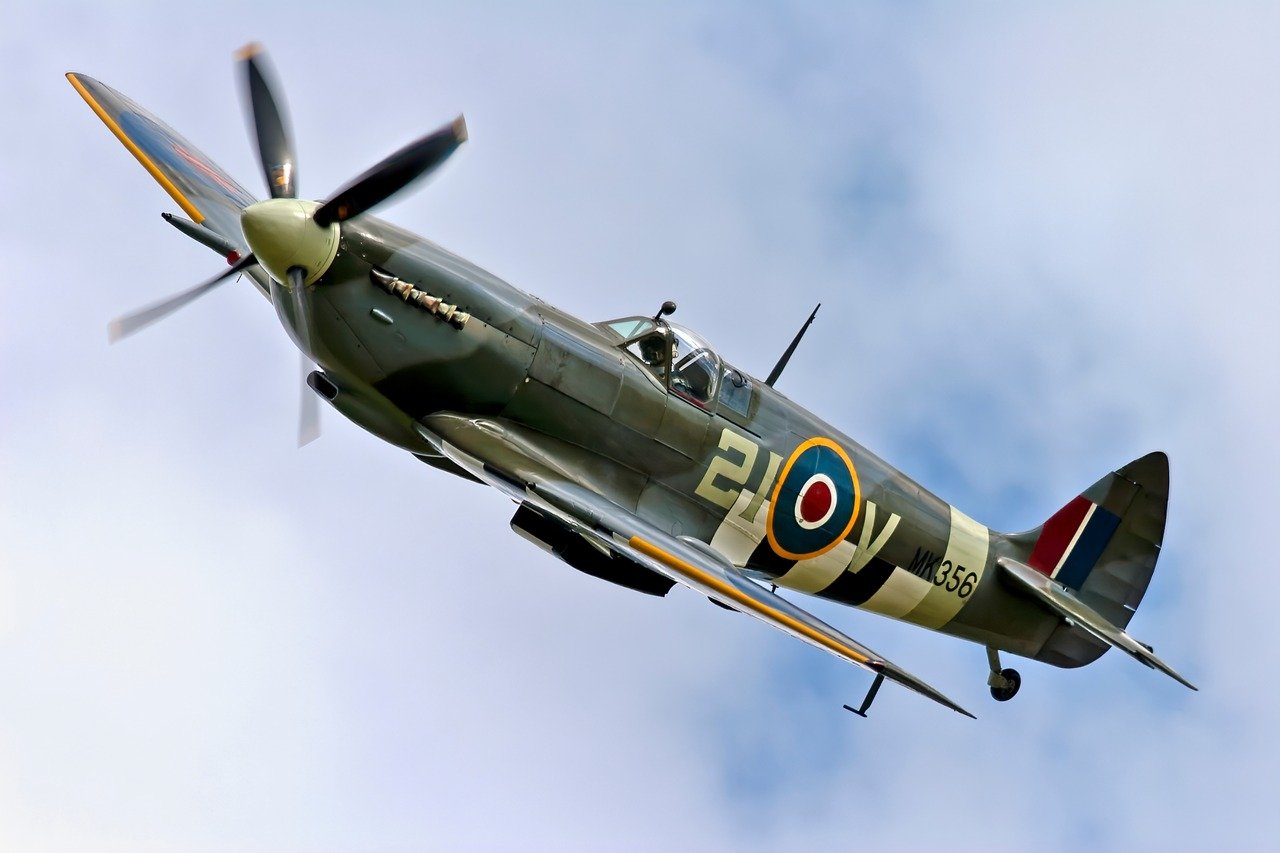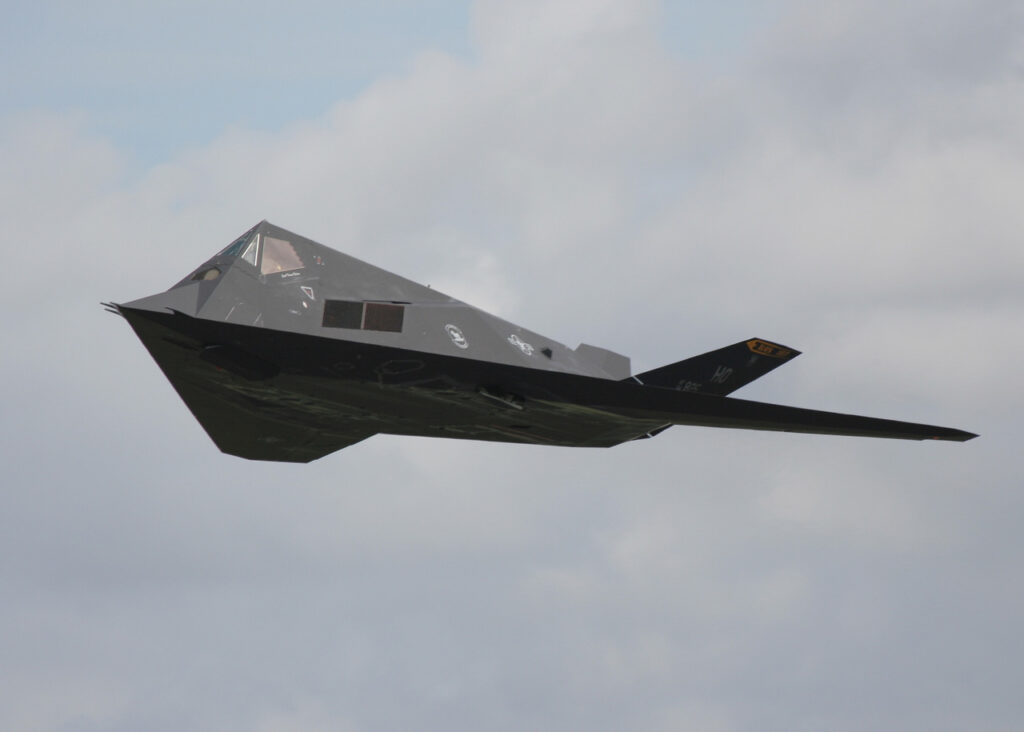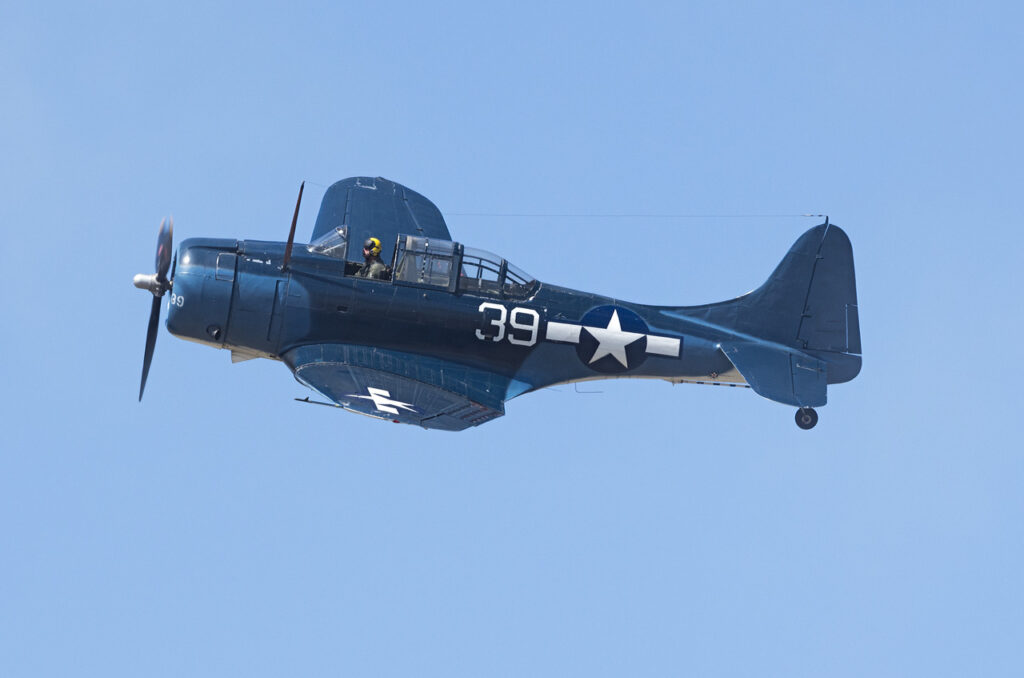
Hurricane or Spitfire? Which was Britain’s Best WWII Fighter?
As Sir Winston Leonard Spencer Churchill said about the Royal Air Force (RAF) fighter pilots’ heroic performance in winning the Battle of Britain in 1940: “Never in the field of human conflict was so much owed by so many to so few.”
An interesting question to ponder is: Which was the better warbird flown by those “so few” in “Their Finest Hour”: the Supermarine Spitfire or the Hawker Hurricane?
The Case for the Supermarine Spitfire
The Spitfire should be the obvious answer to that question, right? After all, it was the most famous fighter of the Battle of Britain, not to mention arguably Great Britain’s most famous fighter ever made (though the World War I Sopwith Camel also has a strong case for that latter status). Adding to that fame is the fact that the “Spit” was the only British fighter to be continuously produced throughout the conflict; as the one saying goes, “Quantity has a quality all its own,” and presumably you could say the same thing about ubiquity.
The plane also earned bragging rights via the respect bestowed upon it by its adversaries’ most famous fighter pilots. Herman Goering, the head of the Luftwaffe and Adolf Hitler’s overall second-in-command of the Third Reich, was quite miffed that the battle wasn’t going in Germany’s favor and accordingly asked his squadron leaders what they needed to win. Luftwaffe ace Adolf Galland famously replied, “I should like an outfit of Spitfires.”
So then, the Spitfire wins this debate, right?
The Case for the Hawker Hurricane
As ESPN College Game Day’s Lee Corso is fond of saying, “Not so fast, my friend!” Although the Spitfire may have the greater name recognition, the often-overlooked fact is that it was the Hurricane that destroyed more enemy aircraft during the Battle of Britain than did all the other air and ground defenses combined. This included a whopping four-fifths of all enemy aircraft destroyed in the critical period from July to October 1940.
One of the most compelling cases for the Hurricane is the example of 303 Squadron, the RAF squadron that consisted entirely of Polish exiles. (Well, okay, they also had at least one Czech national in the unit, Sergeant Josef Frantisek, who scored seventeen kills). As noted by the RAF Museum’s info page on 303 Squadron:
“Once committed to action, the Poles flew and fought superbly, shooting down 203 enemy aircraft for the loss of 29 pilots killed. No. 303 Squadron became the most successful Fighter Command unit in the Battle, shooting down 126 German machines in only 42 days.
All of 303 Squadron’s kills obtained during the Battle of Britain were attained in … yep, you guessed it: the Hawker Hurricane. What’s more, the only RAF Fighter Command flyboy to be awarded a Victoria Cross was indeed a Hurricane driver, that being Flight Lieutenant James Brindley Eric Nicolson. Nicolson, known as “Bill” to his family and “Nick” to his RAF mates, earned the laurel for heroic actions performed on August 16, 1940, and received the decoration directly from His Majesty King George VI at Buckingham Palace on November 25 of that same year.
From a logistical standpoint, the Hurricane proved significantly cheaper to build than the Supermarine Spitfire as well as being even simpler to overhaul, especially when it came to repairing battle damage. She embodied the K.I.S.S. principle, i.e. “Keep It Simple, Stupid.”
And the Winner Is…?
I cast my vote for the Hurricane. It’s worth noting the different roles that it and the Spitfire played: Generally speaking, the Hurricanes and Spitfires divvied up the defensive duties, with the former going after the Luftwaffe bombers whilst the latter tangled with the enemy fighters. And whilst shooting down enemy fighters in a dogfight may earn more fame and make for more exciting cinema, shooting down enemy bombers is far more significant from a strategic standpoint. After all, it was via the German bombers, and not their fighter escorts, that Hitler and Goering had hoped to pound the United Kingdom into submission.
Looking beyond just the Battle of Britain, Hurricane pilots made significant contributions to the defense of Malta, the desert war in North Africa, and the war against Imperial Japan in the Pacific Theatre. It was the Hurricane, not the Spitfire, that enabled Flying Officer Edgar James Kain to become the RAF’s very first ace of WWII on March 26, 1940. And Squadron Leader Marmaduke “Pat” Pattle—by some accounts the highest-scoring RAF ace of the war—scored thirty-five of his forty-four officially confirmed kills in the Hurricane.
With all due love and respect to the Spitfire (including my personal experience sitting in the cockpit of one), the numbers don’t lie. Winner: Hawker Hurricane.
About the Author: Christian D. Orr
Christian D. Orr is a Senior Defense Editor for National Security Journal (NSJ). He is a former Air Force Security Forces officer, Federal law enforcement officer, and private military contractor (with assignments worked in Iraq, the United Arab Emirates, Kosovo, Japan, Germany, and the Pentagon). Chris holds a B.A. in International Relations from the University of Southern California (USC) and an M.A. in Intelligence Studies (concentration in Terrorism Studies) from American Military University (AMU). He has also been published in The Daily Torch, The Journal of Intelligence and Cyber Security, and Simple Flying. Last but not least, he is a Companion of the Order of the Naval Order of the United States (NOUS). If you’d like to pick his brain further, you can ofttimes find him at the Old Virginia Tobacco Company (OVTC) lounge in Manassas, Virginia, partaking of fine stogies and good quality human camaraderie.
Image: Andrew Harker / Shutterstock.com


